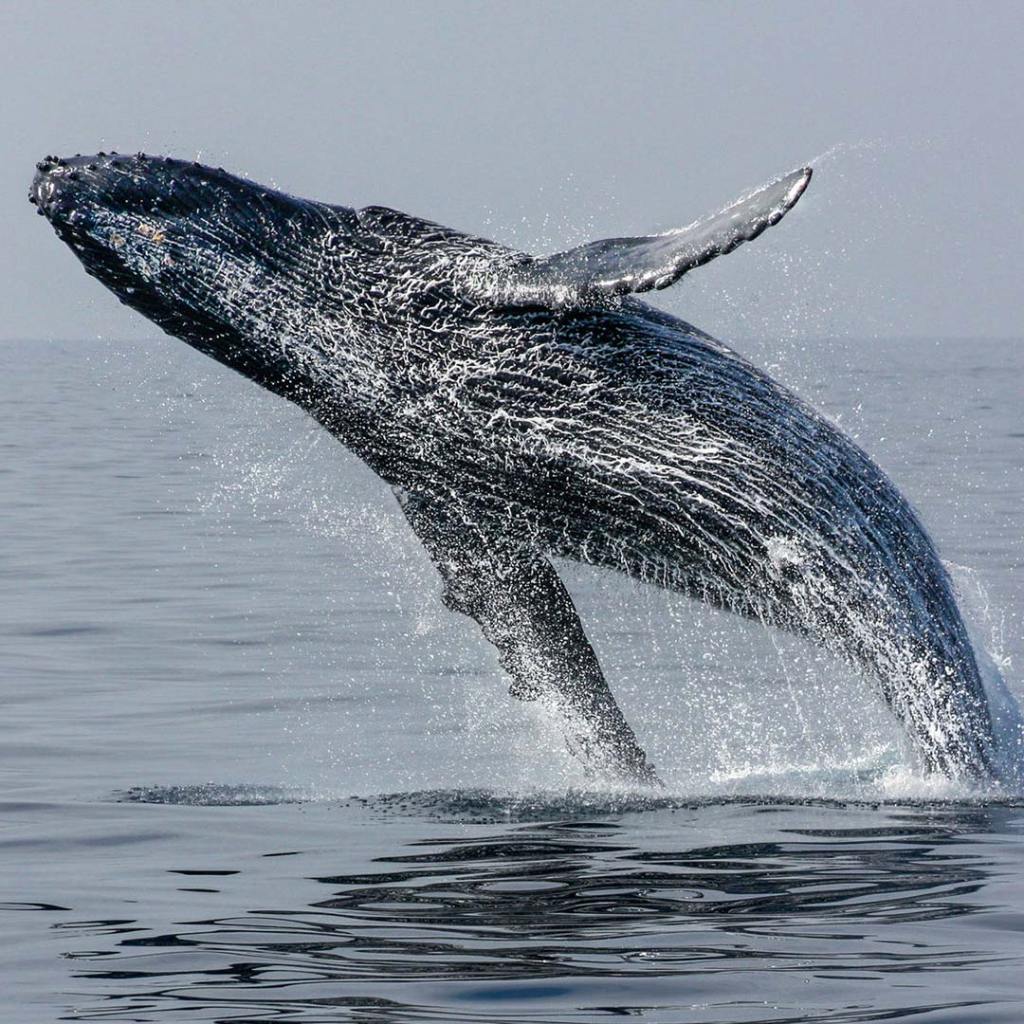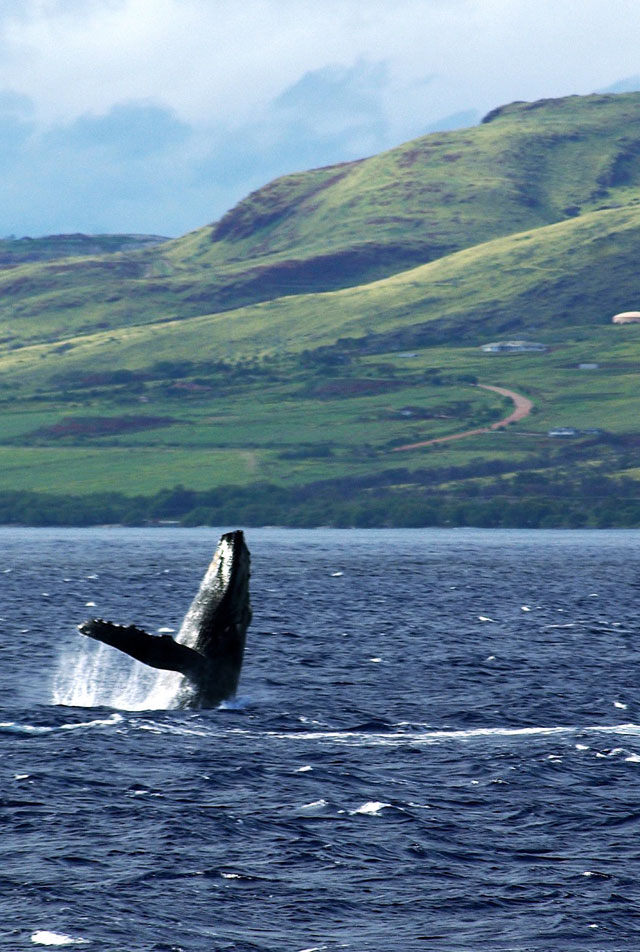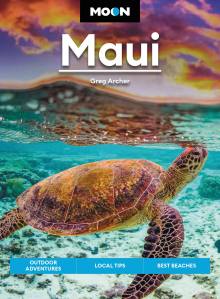10 Common Questions About Hawaii’s Humpback Whales

The waters off Maui have the highest concentration of humpback whales anywhere on the planet. Here are answers to commonly asked whale-watching questions:
What kind of whales are in Maui?
Although there are rarely seen species such as pilot whales and false-killer whales that inhabit the waters off Maui year-round, 99 percent of the time you will be watching North Pacific humpback whales.
Where are these whales from?
These whales were born here in the warm, protected waters of Hawaii. The humpbacks will then migrate 3,000 miles to their summer feeding grounds in Alaska where they gorge themselves on small fish and krill, and return again in the winter to mate and give birth.
Why don’t the whales mate in Alaska?
Since baby humpbacks are born with minimal amounts of fat, the water is too cold in Alaska.
Newsletter Signup
By clicking ‘Sign Up,’ I acknowledge that I have read and agree to Hachette Book Group’s Privacy Policy and Terms of Use
Do the whales eat at all in Hawaii?
No. While there’s no evidence to suggest that whales wouldn’t eat if given the opportunity, the waters off Maui don’t contain the same degree of zooplankton and marine organisms that humpback whales feed on. Adults go for months at a time without eating, losing up to one-third of their body weight.
How much do humpback whales weigh?
At birth, humpback whales are 10-12 feet long and weigh about a ton. Full-grown adults weight about one ton per foot, which means that a 45-foot humpback will weigh about 90,000 lbs!
Are males or females bigger?
Females are a little bit larger than males, which is known as “reverse sexual dimorphism,” a fancy way of saying “I need to give birth to a 2,000 lb animal so I need to be bigger than you.”

How quickly do whales swim?
Although they can sprint up to about 20 mph, on average humpback whales travel at a steady rate of 3-5 mph.
How long does it take them to get to Alaska?
Whales spend 6-8 weeks migrating between Alaska and the Hawaiian Islands.
Are whales more active in the morning?
No. Since whales only take short “cat naps,” there isn’t a set time of day when they are asleep. Mornings are often best for whale-watching because the water is calmer and the whales are easier to spot.
What is “getting mugged?”
“Getting mugged” refers to the fact that all boats are required to maintain a 100-yard radius from humpback whales. Should the whales decide to approach the boat it is out of your hands. You need to wait until the whale loses interest. This can be 45 minutes or more.
Newsletter Signup
By clicking ‘Sign Up,’ I acknowledge that I have read and agree to Hachette Book Group’s Privacy Policy and Terms of Use
Pin it for Later



